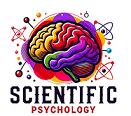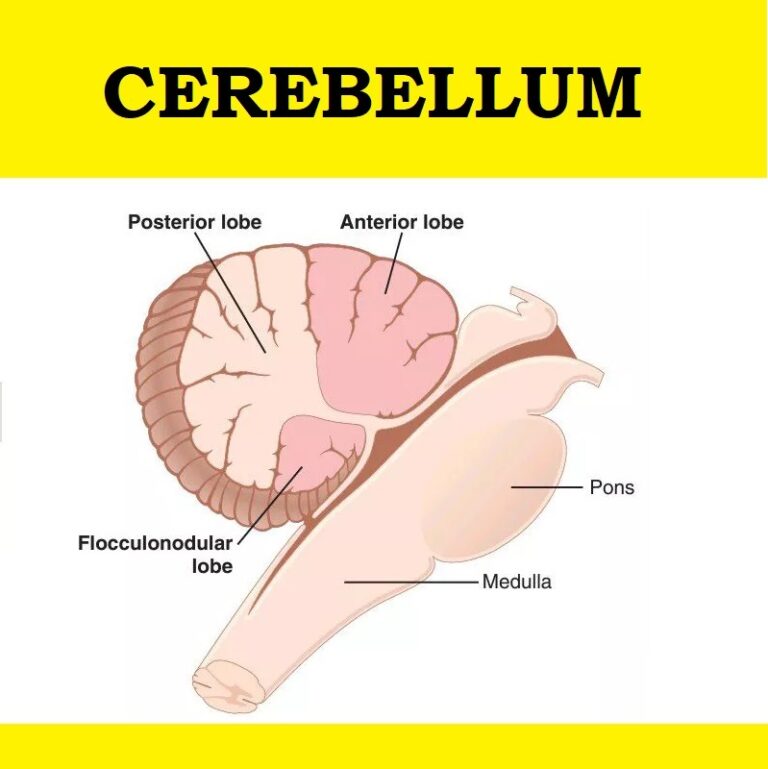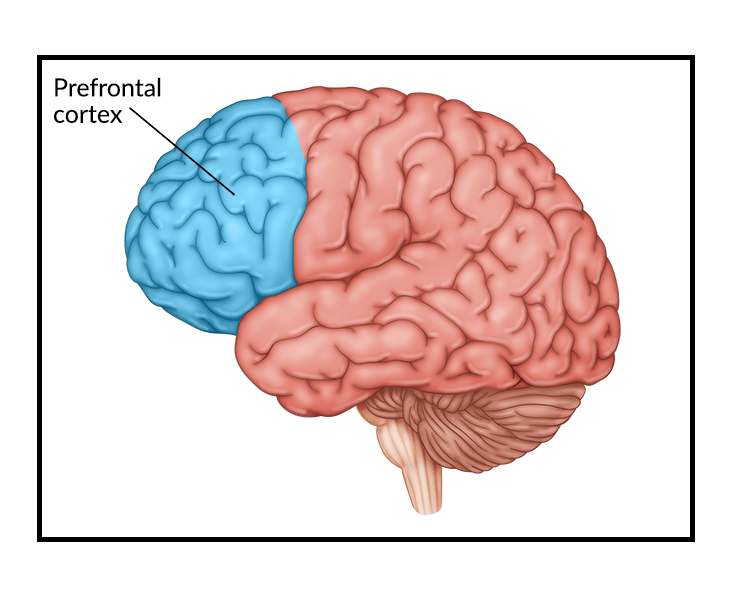
The limbic system is the heart of emotions, memories, and survival instincts. It connects thoughts with feelings and determines how we respond to stress, pleasure, danger, and social interactions. If the prefrontal cortex is the CEO, the limbic system is the passionate artist and survival expert working behind the scenes.
The main structures of the limbic system include:
- Amygdala – The Fear & Emotion Processor
- Hippocampus – The Memory Maker
- Hypothalamus – The Body’s Command Center
- Thalamus – The Information Relay Station
- Cingulate Cortex – The Emotional Mediator
Each of these plays a critical role in how you feel, remember, and react.

1. Amygdala – The Fear & Emotion Processor
What It Does:
- Detects threats and activates the “fight or flight” response.
- Processes fear, anxiety, and aggression.
- Helps form emotional memories (like remembering a traumatic event).
💡 Metaphor: Your Amygdala is like a Smoke Alarm—it detects danger and sounds the alarm before you even think about it.
Real-World Example:
Ever jumped at a loud noise before realizing what it was? That’s your amygdala reacting before your rational brain (prefrontal cortex) even processes the situation!
🧠 Mini Challenge #1:
Imagine you’re walking alone at night, and you hear footsteps behind you. What happens next?
A) You instantly feel fear and your heart races.
B) You calmly assess the situation before feeling fear.
C) You don’t react at all.
Clarity Score:
✅ A = 100% (Your amygdala is sharp!)
⚠️ B = 60% (Your PFC is intervening early.)
❌ C = 30% (Check if your danger response is underactive.)
🔬 Research:
Studies show that individuals with overactive amygdalas may experience anxiety disorders, while those with underactive amygdalas may struggle with recognizing fear (Adolphs, 1999).
2. Hippocampus – The Memory Maker
What It Does:
- Converts short-term memories into long-term ones.
- Helps navigate environments (spatial memory).
- Works closely with the amygdala to store emotional memories.
💡 Metaphor: Your Hippocampus is like a Librarian—it files and retrieves memories so you can remember things later.
Real-World Example:
Ever forgot where you put your keys but remembered your childhood home vividly? Your hippocampus is responsible for storing long-term memories but sometimes struggles with short-term recall.
🧠 Mini Challenge #2:
Try to recall:
- The name of your first school.
- The last 3 things you ate today.
Clarity Score:
✅ Both correct? 100%!
⚠️ One correct? 70%.
❌ None? 40% (Your hippocampus needs a memory workout!)
🔬 Research:
Studies on London taxi drivers found that their hippocampi were larger than average because of their extensive spatial memory use (Maguire et al., 2000).
3. Hypothalamus – The Body’s Command Center
What It Does:
- Regulates hunger, thirst, temperature, and hormones.
- Controls the fight-or-flight vs. rest-and-digest states.
- Releases hormones for sleep, sex drive, and stress management.
💡 Metaphor: Your Hypothalamus is like a Thermostat—it keeps your body in balance and ensures everything is running smoothly.
Real-World Example:
Ever felt “hangry” (hungry + angry)? That’s your hypothalamus screaming for food to restore balance.
🧠 Mini Challenge #3:
Your body is overheating. What does your hypothalamus do?
A) Makes you sweat to cool down.
B) Sends you a warning but does nothing.
C) Does nothing at all.
Clarity Score:
✅ A = 100% (Your thermostat is working great!)
⚠️ B = 60% (Mild response, but not enough.)
❌ C = 30% (Uh-oh! Time to check that temperature regulation.)
🔬 Research:
Damage to the hypothalamus can lead to overeating or starvation due to improper hunger regulation (Stuber & Wise, 2016).
4. Thalamus – The Information Relay Station
What It Does:
- Acts as a central hub, directing sensory information to the right brain areas.
- Helps in alertness, sleep, and sensory processing.
- Filters unnecessary sensory input so you can focus.
💡 Metaphor: Your Thalamus is like an Airport Control Tower—it directs incoming flights (sensory signals) to the correct runways (brain areas).
Real-World Example:
Ever ignored background noise in a café while focusing on work? Your thalamus filtered out distractions!
🧠 Mini Challenge #4:
You’re reading a book in a noisy room. What should your thalamus do?
A) Filter out background noise so you can focus.
B) Let all sounds in equally, making it hard to concentrate.
C) Block all sensory input completely.
Clarity Score:
✅ A = 100% (Thalamus doing its job!)
⚠️ B = 50% (Struggling with sensory overload.)
❌ C = 30% (That’s a problem—sensory input is necessary!)
🔬 Research:
People with ADHD often have weaker thalamic filtering, leading to distractions (Halassa & Kastner, 2017).
5. Cingulate Cortex – The Emotional Mediator
What It Does:
- Helps process emotions and empathy.
- Balances logic (PFC) with feelings (limbic system).
- Helps in decision-making based on emotional input.
💡 Metaphor: Your Cingulate Cortex is like a Therapist—it helps balance rational thought and emotions to make better decisions.
Real-World Example:
Ever forgave someone even though you were hurt? Your cingulate cortex helped process emotions and find balance.
🧠 Mini Challenge #5:
You’re upset about an argument with a friend. What should your cingulate cortex do?
A) Help you reflect and talk things out.
B) Make you stay angry forever.
C) Make you completely forget the fight.
Clarity Score:
✅ A = 100% (Healthy emotional processing!)
⚠️ B = 50% (Holding grudges can harm mental health.)
❌ C = 30% (Ignoring emotions isn’t healthy either.)
🔬 Research:
The cingulate cortex is smaller in people with antisocial personality disorders, reducing empathy (Blair, 2008).
Mastery Path: Limbic System Growth Plan
✔ Week 1: Strengthen memory (practice recalling details).
✔ Week 2: Improve emotional regulation (pause before reacting).
✔ Week 3: Balance hunger & stress (observe your hypothalamus cues).
✔ Week 4: Enhance focus (train your thalamus by minimizing distractions).




